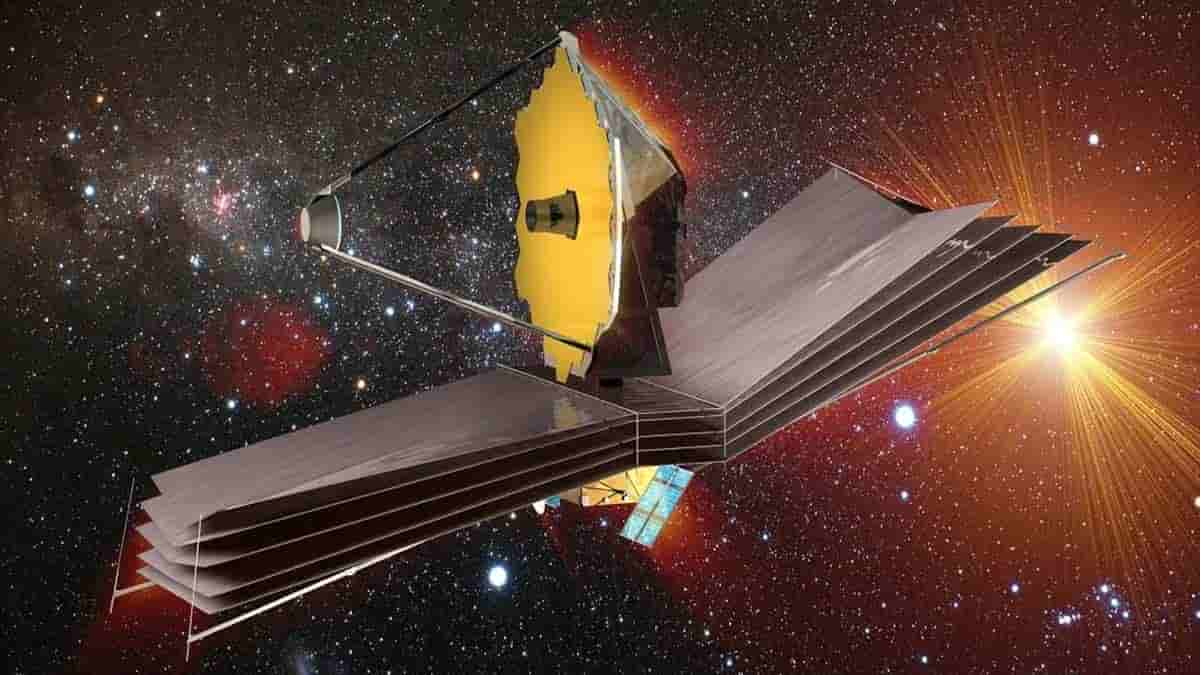JavaScript: a reason behind Space Telescopic Images

James Webb Space Telescope (JWST) has been bewildering humans with stunning images from space. Turns out JavaScript, a programming language was involved in the same.
The telescope, which is one of the finest inventions, is operated using JavaScript files. The software for the Integrated Science Instrument Module (ISIM) is controlled by the Script Processor Task (SP). It runs scripts, that are written in JavaScript, and operates once they are provided with the command to do so.
“JWST: Maximizing Efficiency and Minimizing Ground Systems”, a paper penned by Space Telescope Science Institutes Ilana Dashevsky and Vicki Balzano, unveils the complexity and relation of JWST & JavaScript. The JWST has a bunch of pre-written scripts for specific tasks and conscientiously performs the task assigned by the scientist. When they start performing, the JavaScript is interpreted by a program which is called the Script Processor program. It then reaches out to other systems that is required for the task, or what the script calls for.
ISIM, is a collection of instruments which captures the pictures through JSWT. NASA has called it “the heart of the James Webb Space Telescope”. It might be unrealistic that science still depends on such ancient and not-so-robust scripts.
Dashvesky and Balzano, critically acclaimed that the language in which the scripts are written is Nombas ScriptEase 5.00e. The latest update to this language was rolled out two decades ago in 2003. The fact is astonishing that ScriptEase5, (which came into existence in 2002), was only two years old when the construction of the telescope was initiated (2004). It came out as a surprise because spacecraft often use tried and trusted technology as it is an expensive process.
NASA’s documents state that doing things this way provides greater visibility and control over the operations. It allows easy safe when it comes to altering the scripts along the way which makes the ramifications error-free.


